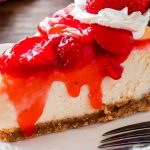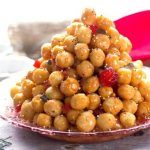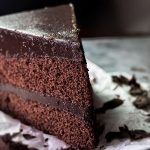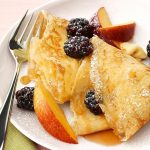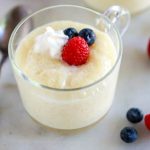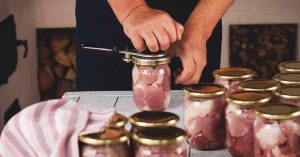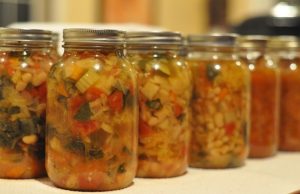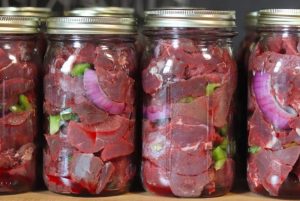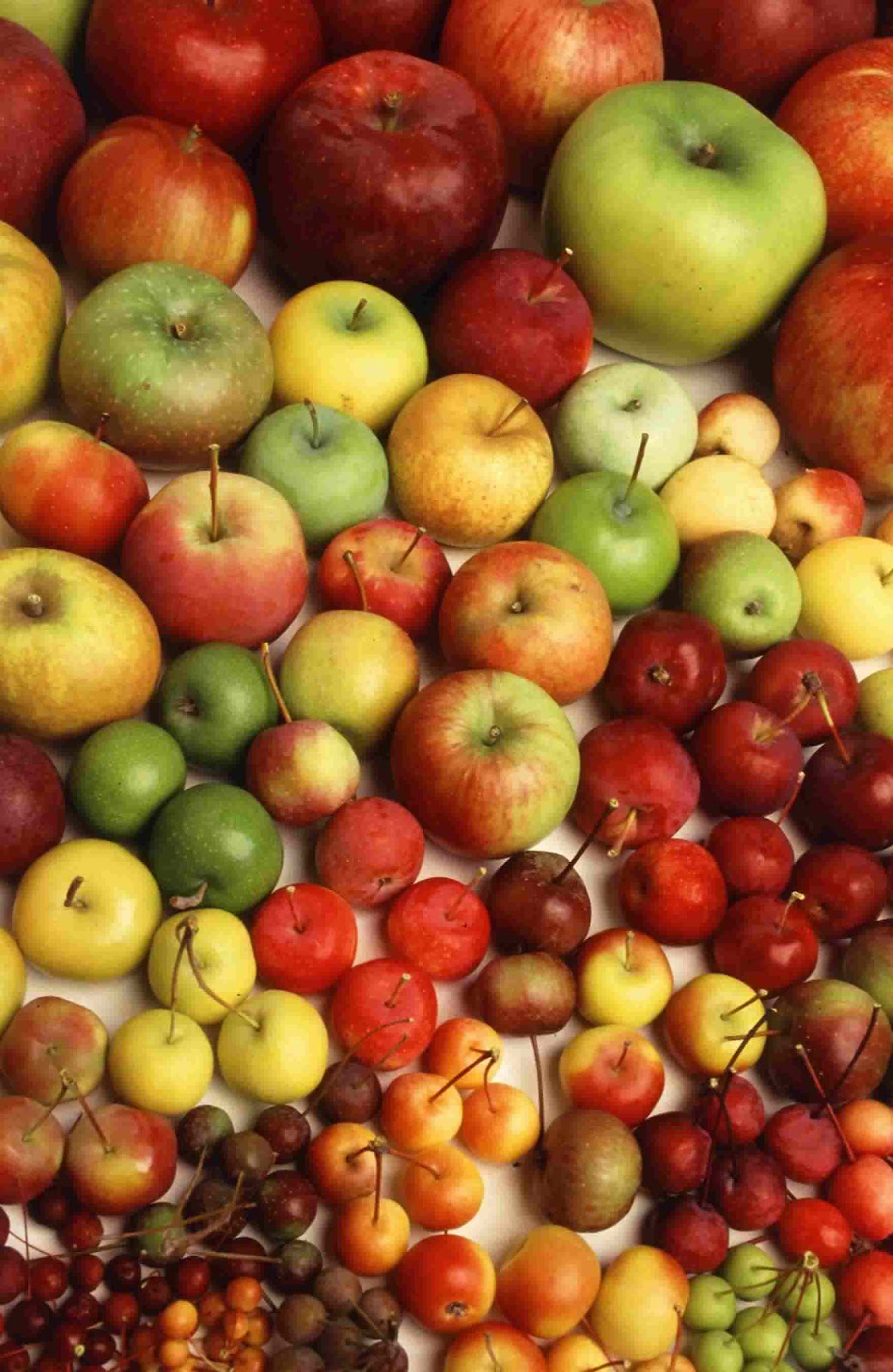
For some fruits the levels of pectin seem to be naturally high. If you cook up a batch of apple
butter the natural pectin in the apple it will be at the gel or butter stage without any added commercial pectin. The skins or “rind” of many citrus fruits also contain great amounts of natural pectin which is why many marmalades are easy to get to the gel stage. These types of fruits are great to use in your jams and preserves because they naturally thicken your recipes.
Some fruits need help and have some natural pectin but without cooking their recipes to 220º they will need to have a “marmalade” type help from citrus rind or a fruit in the “high pectin” group below to avert adding commercial pectin.
Fruits low in pectin are often combined with those high in pectin. Orange (high pectin) and rhubarb jam (low pectin) for instance, blends two fruits with quite different pectin contents and as a result usually does not require commercial pectin. But don’t forget for a recipe with the addition of peaches or some of the low pectin fruits they may require you to add lemon juice based on the recipe you are doing. The key is the high pectin fruit will thicken the mixture without added pectin in the right ratios.
For jellies, because it is the juice only of any of the fruits below, you will need to add a commercial liquid pectin or cook the mixture to 220º which will firm it enough to hold the shape.
The highest quality pectin is found in just-ripe fruit. Pectin from under-ripe or over-ripe fruit will not form a gel.
Commercial pectin is made from apples or citrus fruit and is available in both the powdered and liquid forms. The powdered and liquid forms are not interchangeable in recipes. Please read the post on “Powdered vs. Liquid – Are they all the same?”
Here is your guide to the natural pectin levels in many of the fruits that we use for jams, jellies, preserves, butters, marmalades, and compotes. There is a note at the bottom of each list which tells you additional information about whether an acid like bottled lemon or lime juice is required. If there is a fruit that you find that is missing, I will do some research and add it to the list.
Fruit Pectin Levels
High pectin content fruits:
Citrus skins (oranges, tangerines, grapefruit, lemons, limes, etc. – the pectin is high in the skin but low in the fruit), tart cooking apples, crabapples, lemons, wild grapes (Eastern Concord variety), cranberries, gooseberries, boysenberries, sour Apples, Blackberries, Currants, Gooseberries, Loganberries, most Plums (not the Italian kind), and Quince (If not overripe, has enough natural pectin and acid for gel formation with only added sugar.)
Medium pectin fruits:
ripe Apples, very ripe Blackberries, sour Cherries, Chokecherries, Elderberries, Grapefruit, bottled Grape Juice, (Eastern Concord), Grapes (California), Loquats, Kumquats, Oranges, Rhubarb (Low in natural acid or pectin, and may need addition of either acid or pectin.)
Low pectin fruits:
Apricots, Blueberries, Sweet cherries, sour cherries, Figs, grapefruit, grape juice, grapes (other than wild and Concord types), melons, Pears, Plums (Italian), Raspberries, Strawberries, Pineapple(pectin only)(Always needs added acid, pectin or both)
Very Low pectin fruits:
Nectarines, watermelon, peaches, kiwifruit, guava, and pomegranates. (Always needs added acid and pectin)
